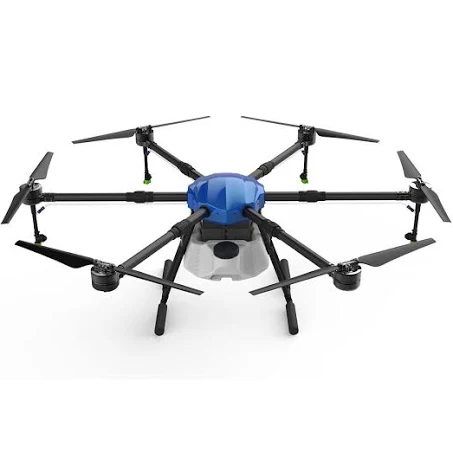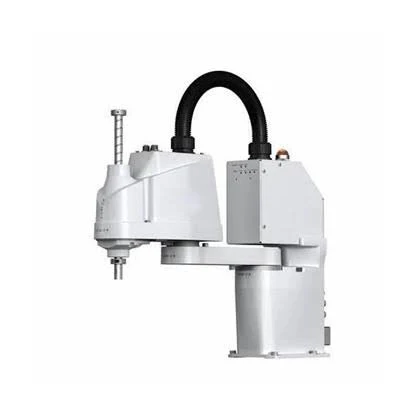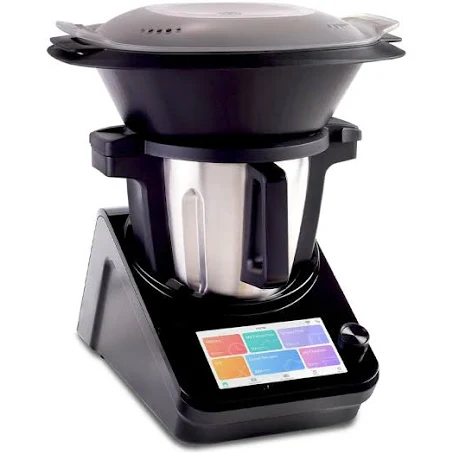Description
A precision agriculture drone is a specialized uncrewed aerial vehicle (UAV) with various sensors and technologies to optimize farming practices. Here are key features and considerations for a precision agriculture drone:
Key Features to Consider:
- Multi-spectral and Hyperspectral Imaging:
- NDVI (Normalized Difference Vegetation Index): Measures plant health by analyzing reflected light.
- Crop Mapping: Generates high-resolution maps of crop health, moisture levels, and nutrient distribution.
- Remote Sensing Technologies:
- Infrared (IR) Sensors: Detects temperature and moisture content variations in crops and soil.
- LIDAR (Light Detection and Ranging): Provides precise 3D mapping for terrain and crop structure analysis.
- GPS and Autonomous Navigation:
- Precise Positioning: GPS for accurate navigation and mapping of fields.
- Autonomous Flight: Pre-programmed routes for automated data collection and mapping.
- Data Analysis and Integration:
- Cloud-Based Platforms: Upload and analyze data for real-time decision-making.
- Integration with Agricultural Software: Compatibility with farm management software for data interpretation.
- Spraying and Precision Application:
- Variable Rate Application: Adjusts spraying rates based on crop needs identified by sensor data.
- Pesticide and Fertilizer Application: Targets specific areas, reducing waste and environmental impact.
- Durability and Weather Resistance:
- Weatherproof Design: Operates in various weather conditions, including wind and rain.
- Battery Life: Long flight endurance to cover large areas in a single flight session.
- Safety and Regulatory Compliance:
- Collision Avoidance Systems: Sensors to detect and avoid obstacles during flight.
- Compliance with Aviation Regulations: Adheres to local regulations for UAV operation in agricultural settings.
- User Interface and Reporting:
- Real-Time Monitoring: Live data streaming for immediate insights and adjustments.
- Detailed Reports: Comprehensive reports on crop health, yield predictions, and resource usage.
Benefits of Precision Agriculture Drones:
- Increased Efficiency: Optimizes farming operations by targeting interventions where they are most needed.
- Cost Savings: Reduces input costs such as water, pesticides, and fertilizers by applying them only where necessary.
- Environmental Sustainability: Minimizes environmental impact through precise application and reduced runoff.
Considerations:
- Initial Investment: The cost of drone equipment, sensors, and software may require a substantial upfront investment.
- Training and Skills: Operators need drone piloting, data interpretation, and maintenance training.
- Integration with Existing Systems: Compatibility with existing farm management practices and software.
Examples and Applications:
- Crop Monitoring: Assessing crop health, identifying pests or diseases early, and monitoring growth patterns.
- Yield Mapping: Mapping yield variability across fields to optimize harvest and resource allocation.
- Soil Analysis: Mapping soil properties for precision soil management and fertility planning.








Reviews
There are no reviews yet.